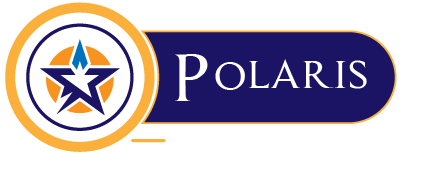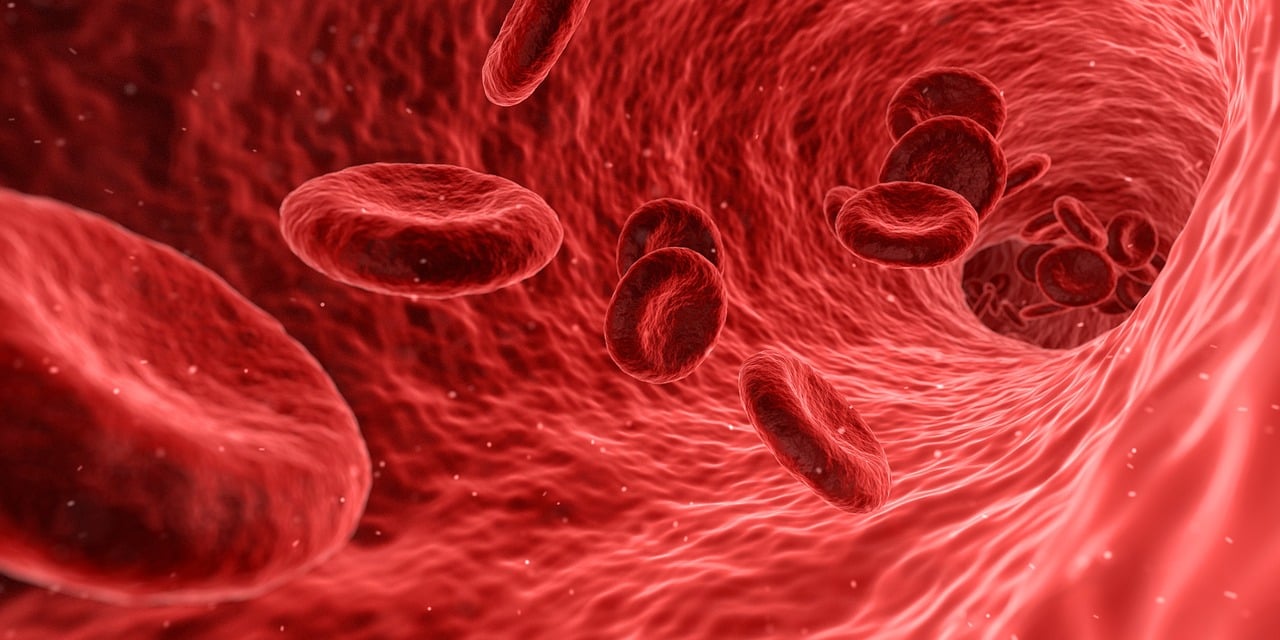Primary cells are directly taken from animal or human tissue using mechanical or enzymatic procedures. After harvesting or isolating from living tissue or organs, these cells are kept in an artificial environment in specialized medium containers. This is done to ensure that the cells receive all the essential nutrients that support proliferation.
Primary cells have a wide range of applications in stem cell therapy, virology, 3D culture, and cancer research. In this blog post, we offer an overview of the most common types of primary cells. Also, we detail how the primary cells market is expanding and what factors are propelling it forward. Continue reading!
Common Primary Cells by Tissue Type
Here’s a quick overview of some common primary cells by tissue type:
Epithelial cells: These cells are an important tool for modeling the blockades between the inside and outside of the body. Epithelial cells are used in various applications, including cancer research and toxicology.
Endothelial cells: These cells are primarily used in wound healing and studying cancer therapy. Also, they have applications in cell signaling studies and high-content screening projects.
Fibroblasts: Fibroblasts have applications in tissue engineering and regeneration applications. Additionally, they are used in inducing pluripotent stem cells.
Melanocytes: These are specialized skin cells that are responsible for the production of pigment melanin. Melanocytes are useful as models for wound healing, skin diseases, and cosmetic research.
What’s Propelling the Market Forward?
According to a new study by Polaris Market Research and Consulting, the primary cells market was valued at USD 1,082.7 million in 2022 and is expected to grow at a CAGR of 16.4%, generating an estimated annual revenue of USD 4,669.0 million during the forecast period.
The growing prevalence of cancer and other-related disorders has led to the adoption of primary cell culture in several applications. These cells can be exposed to radiation and viruses to make them cancerous, allowing researchers to analyze drug effectiveness and treatment side effects. In addition, primary cell cultures are crucial for developing various genetically engineered proteins.
Another factor propelling the primary cells market forward is the widespread adoption of stem cell therapy for genetic and cancer treatment. Primary cells are vital for generating cells for tissue regeneration or restoring damaged cells in the body.
Applications of Primary Cell Culture
Recently, primary cells have become an important tool in cellular and molecular biology. Below are some of the major applications of primary cells:
3D cell culture: Primary cells can closely simulate a living model as they aren’t transformed. So, they are often used to model 3D tissues to get physiologically significant results.
Virology: Primary cells can be used to detect, isolate and study the growth of viruses. Also, they are helpful in studying the mode of virus infection.
Drug screening and toxicity testing: Pharma companies often use primary cells to study the effect and safe dosage of new drugs. Also, they can be used as an animal alternative when testing the toxicity of newly developed drugs and chemicals.
The Human Segment Dominated the Market in 2022
Based on source primary cells market segmentation, the human segment accounted for the largest market share in 2022. The segment’s remarkable growth can largely be attributed to the significant rise in global cancer cases. Human primary cells assist in the development of a superior cell culture system that can develop physiologically relevant data. Additionally, the growing demand for human cells as in vivo representation supports the segment’s growth.
Recent Developments
In March 2021, leading primary cell market player Axol Bioscience Ltd announced its merger with UK-based biotechnology company Censo Biotechnologies. The new merger aims at developing extensive product and service solutions in cardiac modeling and neuroscience for screening and drug discovery markets.
Final Saying
To conclude, primary cells are directly taken from living organisms and then processed to use in different cell therapies. The increasing geriatric population, advancements in R&D initiatives, and the growing prevalence of chronic diseases are some of the primary factors projected to boost the primary cells market sales in the upcoming years.

